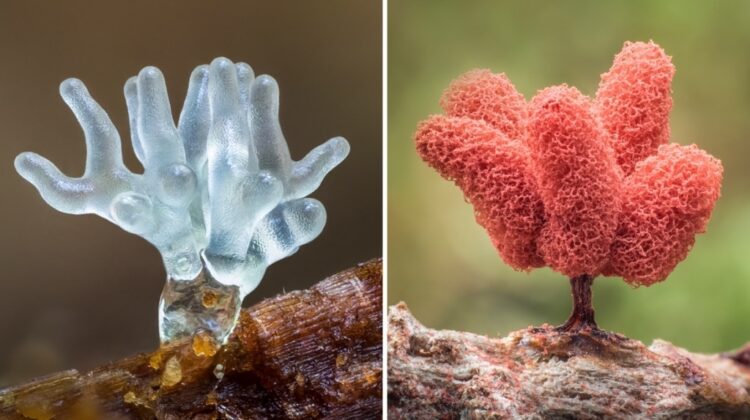
Slime mold may be found in over 900 different species. These microscopic creatures, once assumed to be fungus, aid in the decomposition of dead plants. Slime mold has a wide variety of species, which is what drew photographer Barry Webb’s interest in the first place. When slime mold captured his eye two years ago, he’d previously been photographing fungi for a long time. He hasn’t looked back since then.
He transports us into the realm of these intriguing organisms through his macro photography. Webb tells us, “The tremendous range of form and color of slime molds keeps me endlessly hunting for new species to capture.” And his photography helps the general people to understand how diverse the world is. Webb catches a wide range of slime molds, from bright spheres to transparent amorphous forms.
Slime molds, which feed on bacteria, yeast, and fungus, have long piqued the interest of scientists and artists alike. Each single-cell amoeba is incredibly effective at locating food and may absorb plants in vast volumes. They develop spores that are carried up by the wind or animals, allowing them to begin a new life.
While most people pass by slime mold without recognizing it, Webb’s photographs show that it deserves our attention. With just one glance, you’ll be looking for these amazing alien-like critters the next time you’re out in the woods or working in the yard.
If you want to see more of Webb’s slime mold photography, check out his Instagram account, where he regularly publishes photographs of his latest discovery. Requests for prints can also be submitted using his website’s contact form.
Slime mold macro photography is a specialty of photographer Barry Webb.
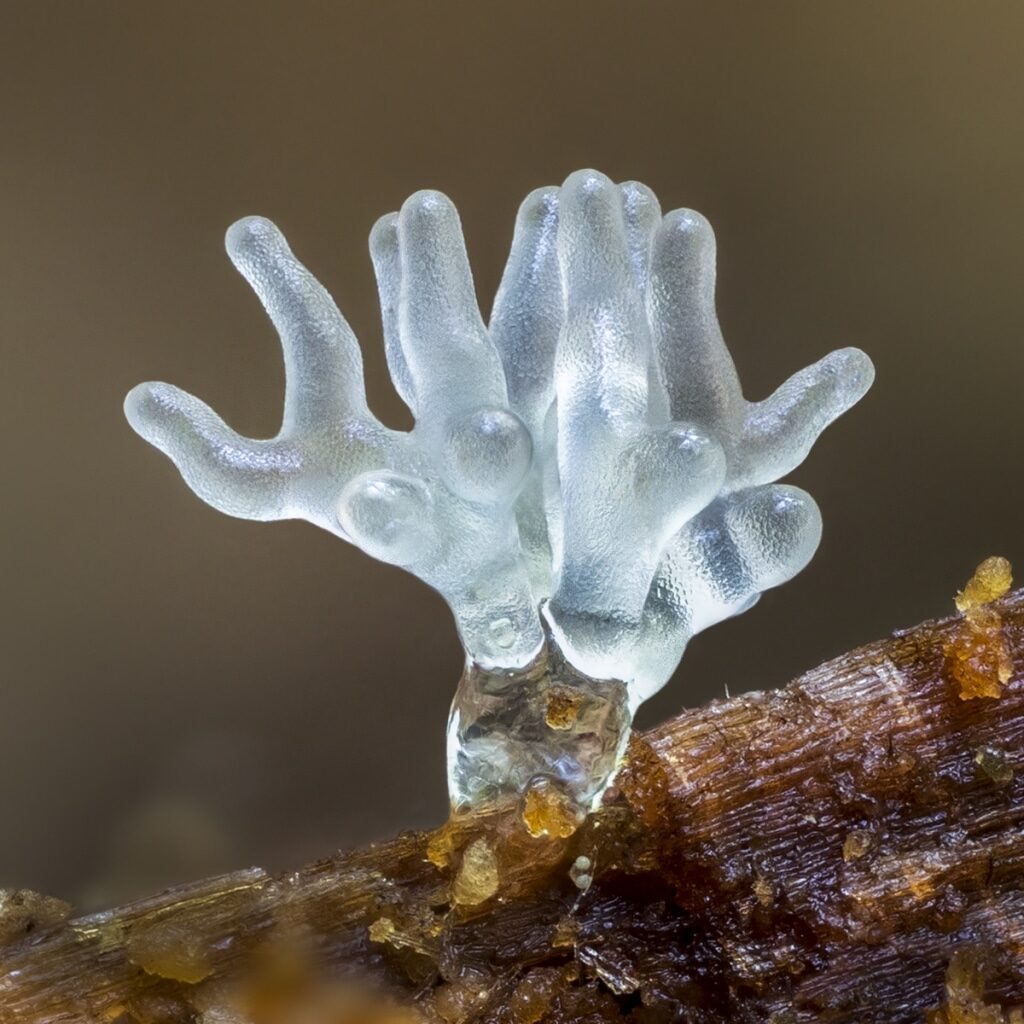
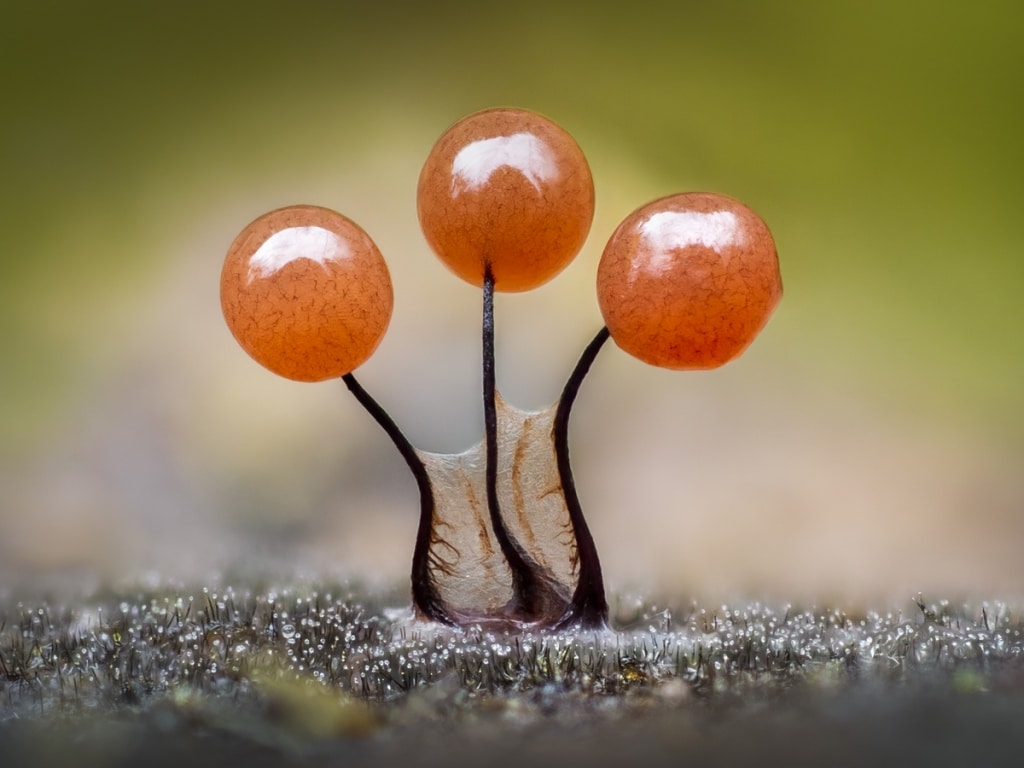
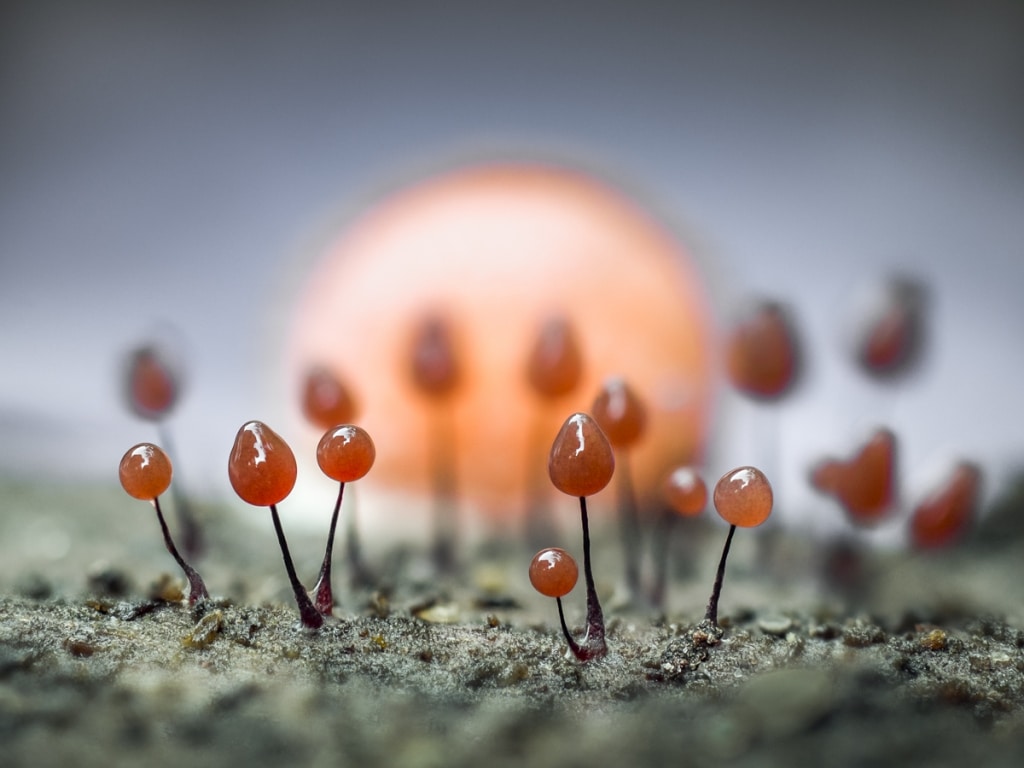
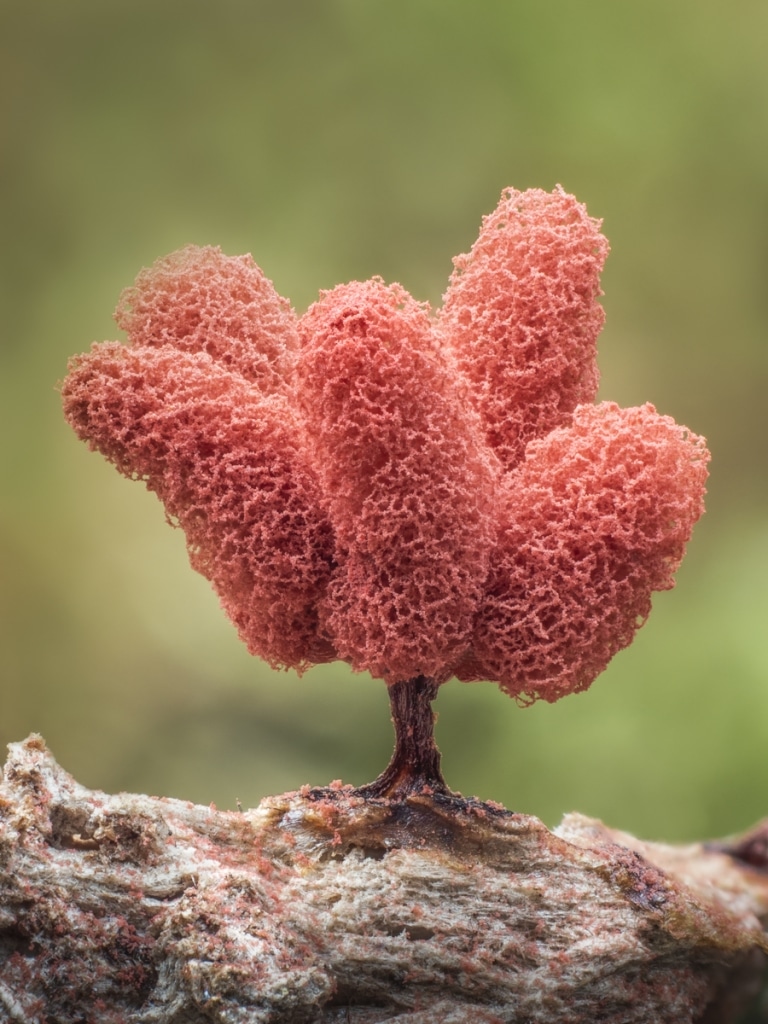
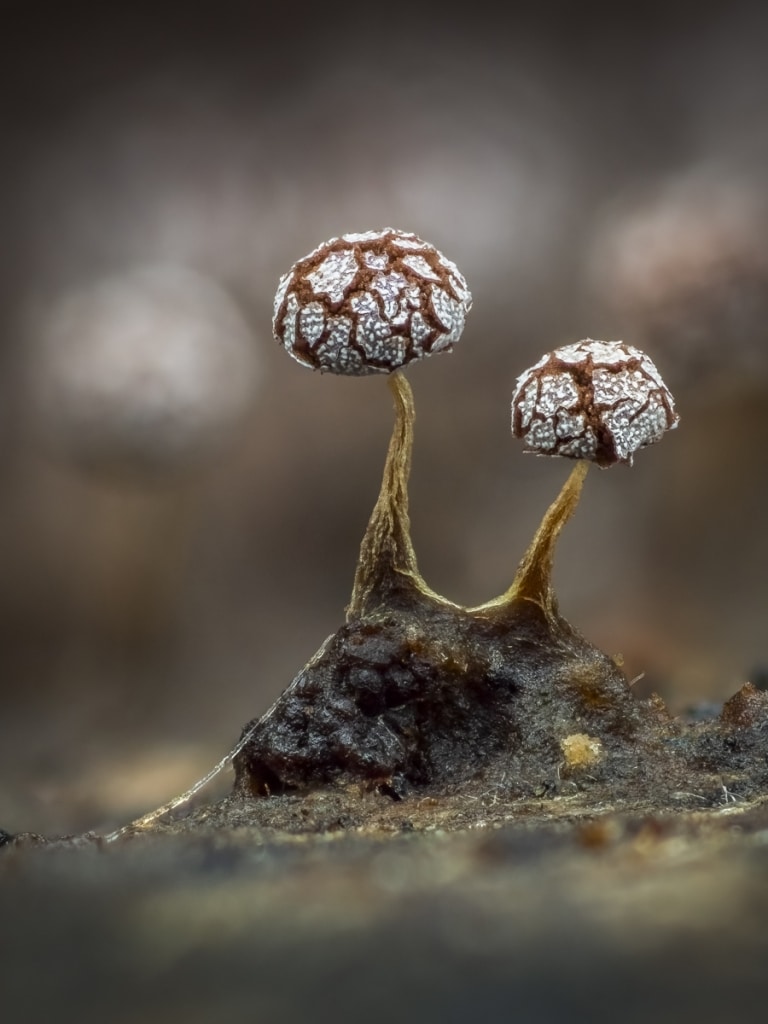
These bacteria, yeast, and fungi-eating organisms aid in the degradation of plants.
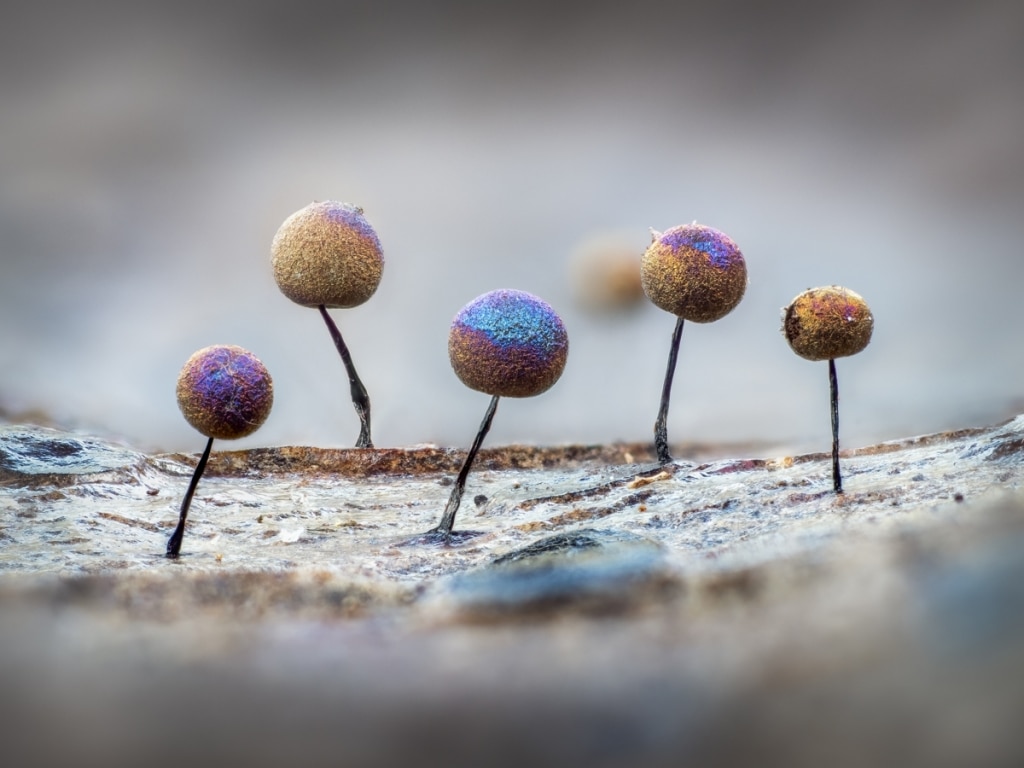

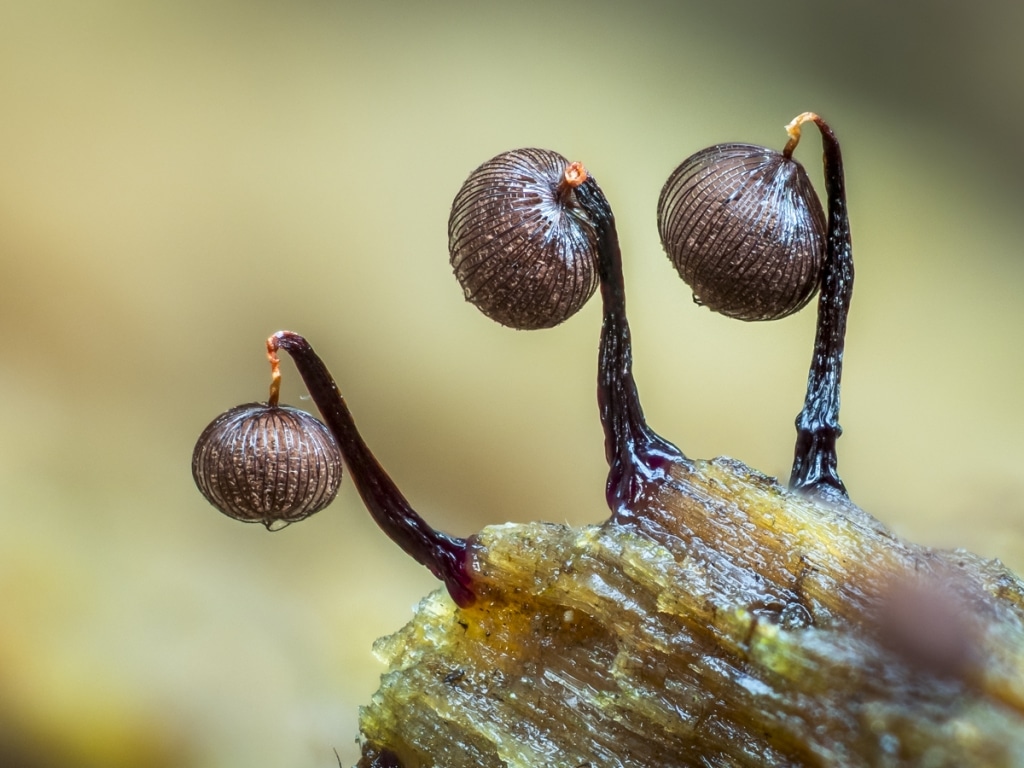
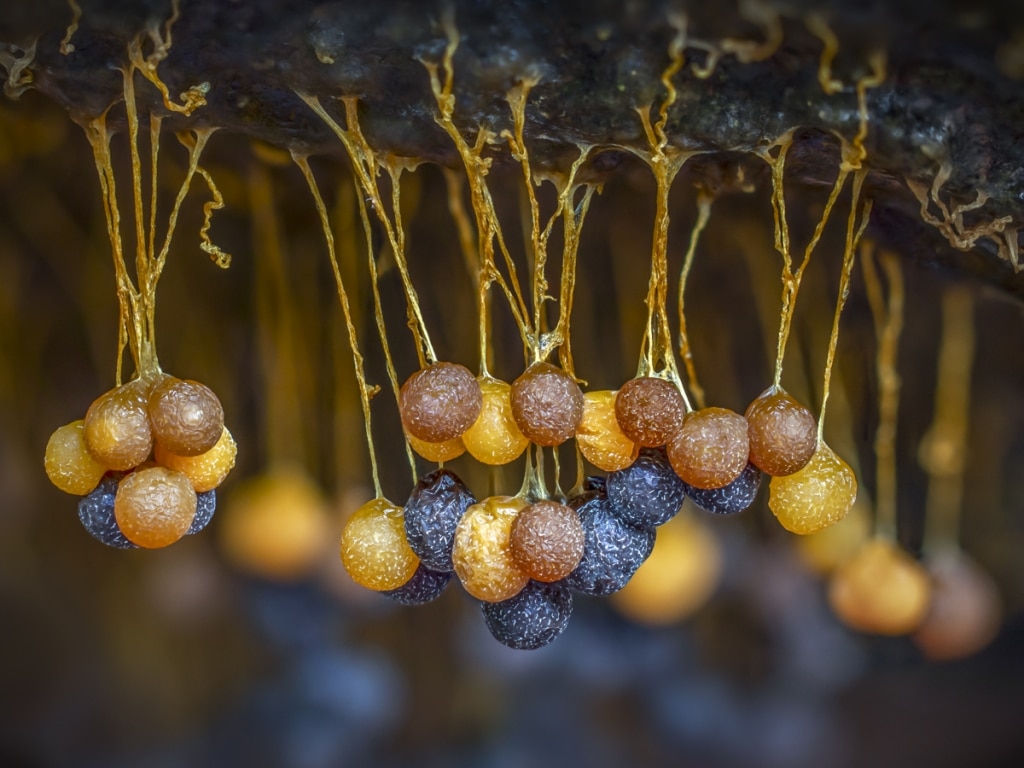
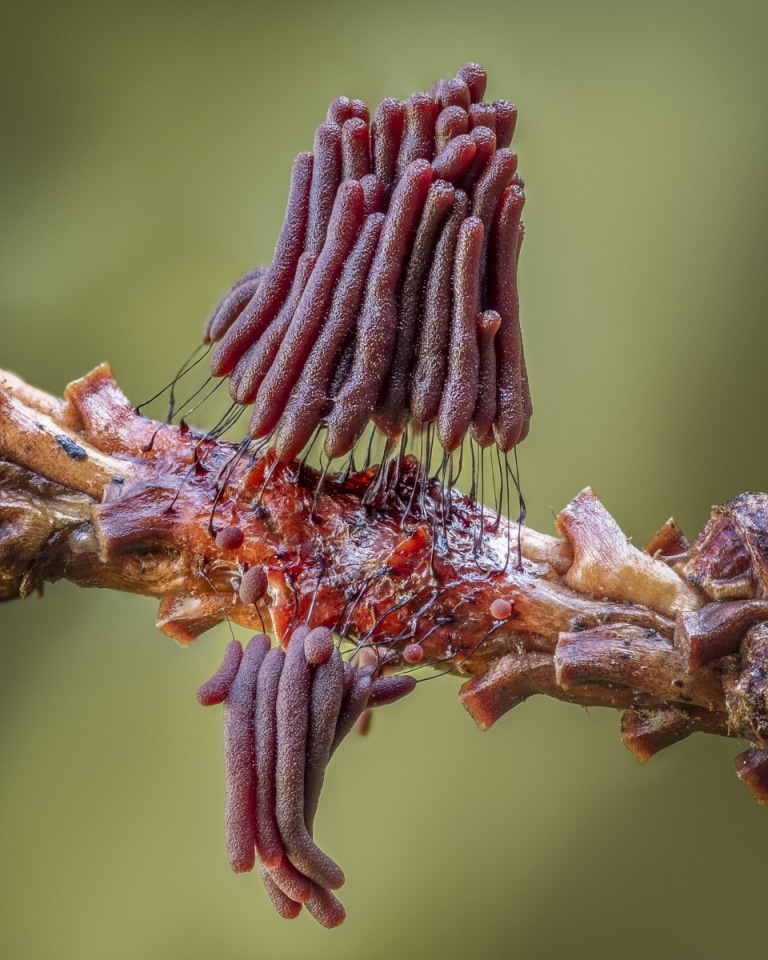
Barry Webb: Website | Instagram
